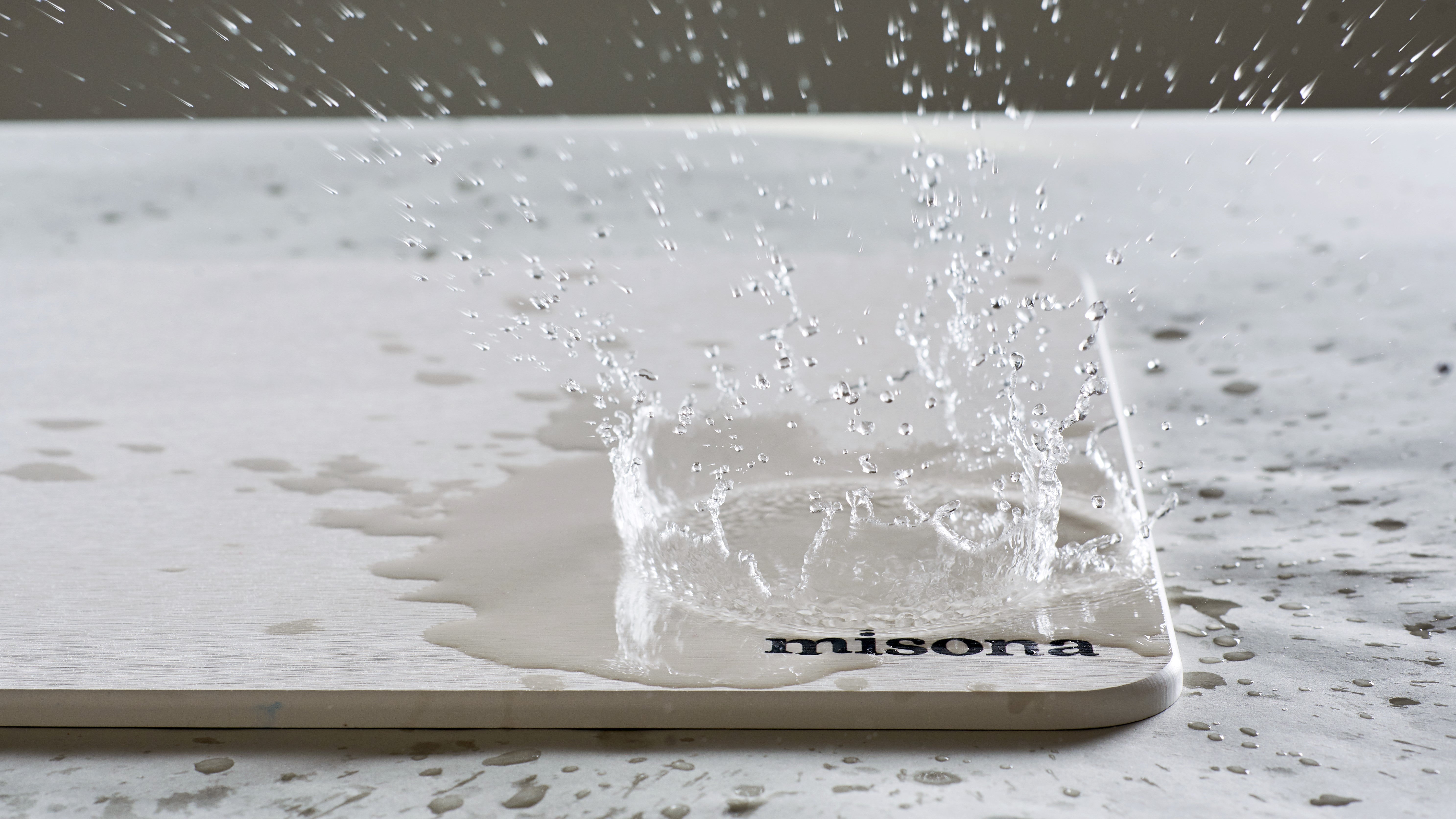Since the dawn of mankind, humanity has known one thing and one thing only. Progress. The never-ending chase to finally capture the illusive “better”. The push to keep improving and developing.
There’s no denying that we are where we are as a species thanks to that drive - a fire inside of us if you will.
It would be foolish to disregard all of the incredible achievements we’ve made and how far we’ve come. Progress is what keeps us going. The thing is we hardly ever tend to consider the not-so-optimistic by-products.
And the voices of those who do, are quickly silenced or lost. We do see a lot of movements and initiatives that try to make a change. From sustainable clothing, eco towels, to renewable energy sources, new technologies and green legislation.
In the last hundred years or so, we’ve seen the most rapid growth in just about any sphere of life.
From military inventions, new weapons and deadly solutions, to more positive and fun ones, like movies, automobiles, planes, clothes, TV, radios and computers.
All that, however, came at a price. Sometimes, it’s better to stop for a minute, look back and think.
Our Legacy
Just like during the Industrial Revolution, we’ve seen growth at an unprecedented rate, we’re now going through a never-ending, more extreme version of it.
Just when it seemed like we’ve peaked and, perhaps, slowed down a little - there it is. Another paradigm-shifting invention. The Artificial Intelligence.
It’s not 18th century anymore, and yet we’re facing the same challenges.
Moving from agrarian-based living to large-scale manufacturing took a toll on the environment and the aftermath has never really been properly addressed or mitigated, which means we’re still fighting it. We still don't have all the answers. How to fight it? With sustainable energy, some would say. But what is sustainable energy? Can we even fully understand and harness its power...? We've yet to find out.
We also came up with a few different technologies and now there are more large companies and mass manufacturers than ever. But that’s not what we’re going to discuss today.
Our revolution is one of a different kind.
In the ultra-connected and digitalised world we’re living in today, the electronics industry is thriving. We know all about the amazing benefits and opportunities our devices can provide.
For the most part, we also know about the dangers and social impact it has. But let’s focus on the environment.
As it happens, e-waste is becoming a growing problem – another harmful and hazardous waste we’re going to have to face.
Irreplaceable Accessories
Or are they? Actually, us replacing and getting new electronic devices so often is why we’re even in this mess in the first place.
No wonder. Electronics are made extremely cheap, for the most part.
That makes them affordable - pretty much everyone has at least one smartphone. And that’s just a part of it. Basically, anything with a cord makes things worse.

Personal computers, laptops, tablets, iPads, and the ever-growing selection of smartphones with brand-new functions and high-quality cameras.
Let’s not forget these are just some of the most commonly used devices, but we now have full-on smart home installations. PV farms, electric cars – the list keeps on growing. And eventually, these devices or certain parts are obsolete.
What now?
What is the answer if the average lifespan of a phone is set somewhere between 18 and 24 months? That, in turn, causes some serious issues. For example, how are supposed to keep up with waste management?
How is it even possible that despite the fact that phones, TVs and laptops keep getting lighter and slimmer, we keep on producing record-breaking amounts of e-waste every year?
Unfortunately, it goes back to the same old rule – if something’s cheap, it’s most likely disposable.
Why Is E Waste a Problem?
Apart from taking up more and more precious space in the landfills – and let’s not forget we will eventually run out of it if we don’t come up with a more efficient solution – there’s also a matter of toxic substances.
Yes, electronic devices very often contain lead, cadmium, beryllium and mercury which end up in the soil or water - these hazardous materials can cause environmental impact to habits on land and in water.
Let’s look at some figures – it is estimated that we generate 50-60 million tons of electronic waste every year, which is roughly 2-3% of all global waste.
And while these numbers may not be high, the potential dangers associated with pollution are much worse. Because there’s another statistic that really puts things in perspective.
E-waste accounts for 70% of all the toxic waste. Shockingly, these hazardous substances, when left in landfill can lead to potential health risks.
It affects the environment and raises some serious questions about public health. It goes beyond the environment as we often perceive it. The issue is two-fold.
First, the growing number. Second, inefficient practices. What does it mean? Unfortunately, it’s much more complicated to recycle e-waste.
Recycling Challenges
At the moment, according to some sources, only about 12.5% of electronic equipment is actually recycled, others indicate it’s over 17%. Either way – not a great result.
Some data even suggest that as much as 80% is actually burned releasing toxins and heavy pollutants into the atmosphere. Why is it a problem?
Electronics are typically quite complex and have a lot of small components. Some of them are recyclable some of them aren’t. That alone is not exactly ideal.
But there’s more. Specific parts are made with precious metals, like gold, silver, platinum, and copper – all of these are non-renewable resources. And we just throw them away.

Now, there are some initiatives to change that but these raise some serious ethical and moral questions.
Let’s take a regular computer. Once thrown out, it’s mostly exported to less developed countries, where small children have to work on dissembling it, trying to extract any valuable materials.
For the time being, whether “outsourced” or not, manual sorting is an integral part of the recycling process.
How to Fight It
First of all, don’t upgrade your mobile phones every 6 months. Obviously, this is an exaggerated figure, but we can slow down the amount of discarded electronic devices. and reduce e-waste simply by consuming less.
Always try to look for opportunities to reuse. Maybe your electronic gadgets have seen better days, or maybe – it simply requires a few tweaks here and there.
Even if it’s not good enough for you anymore, consider giving it away to someone else or selling it.
Known as the circular economy, it should be in everyone's best interest to reduce electrical waste by reusing, repairing and recycling used electronics as often as possible.
To manage the e-waste problem, some manufacturers have special policies in place.
They accept their broken or old equipment to take care of recycling and perhaps reusing it, which is a great showcase of market responsibility.
It won’t hurt to ask, and who knows – maybe you can even get some store credit in exchange?
An average person (and a vast majority of the population) won’t be able to just come up with a more efficient way to recycle e-waste, so we should stick to what we know – risk mitigation.
And just like choosing bamboo bath towels, a natural instant dry bath mat or an organic cotton T-shirt over polyester or regular cotton version, we can make the same choices in the world of electronics.

It’s not easy we get it, you tried everything.
If all of the above fails and in the end, you do have to throw it away, make sure your e-waste is in good hands.
That means reliable recycling facilities in your area who can take care of recycling it properly. Don’t throw it away into the bin.
Making a Change
We should always remember that our actions do matter for the environment. This eco-friendly absorbent bath mat you picked instead of a cheaper one made from synthetic fabrics is a more responsible choice.
And despite its specificity, e-waste is no different. It does matter that you hold on to your phone for 3 years, not 3 months.
It does make a difference that you choose to repair your electronics instead of getting new devices. It does matter that you make extra effort to properly recycle your old equipment.
By raising awareness, we hope to inspire towards a more sustainable future, tackling climate change one recycled device at a time.
That’s all anyone can ask for.

